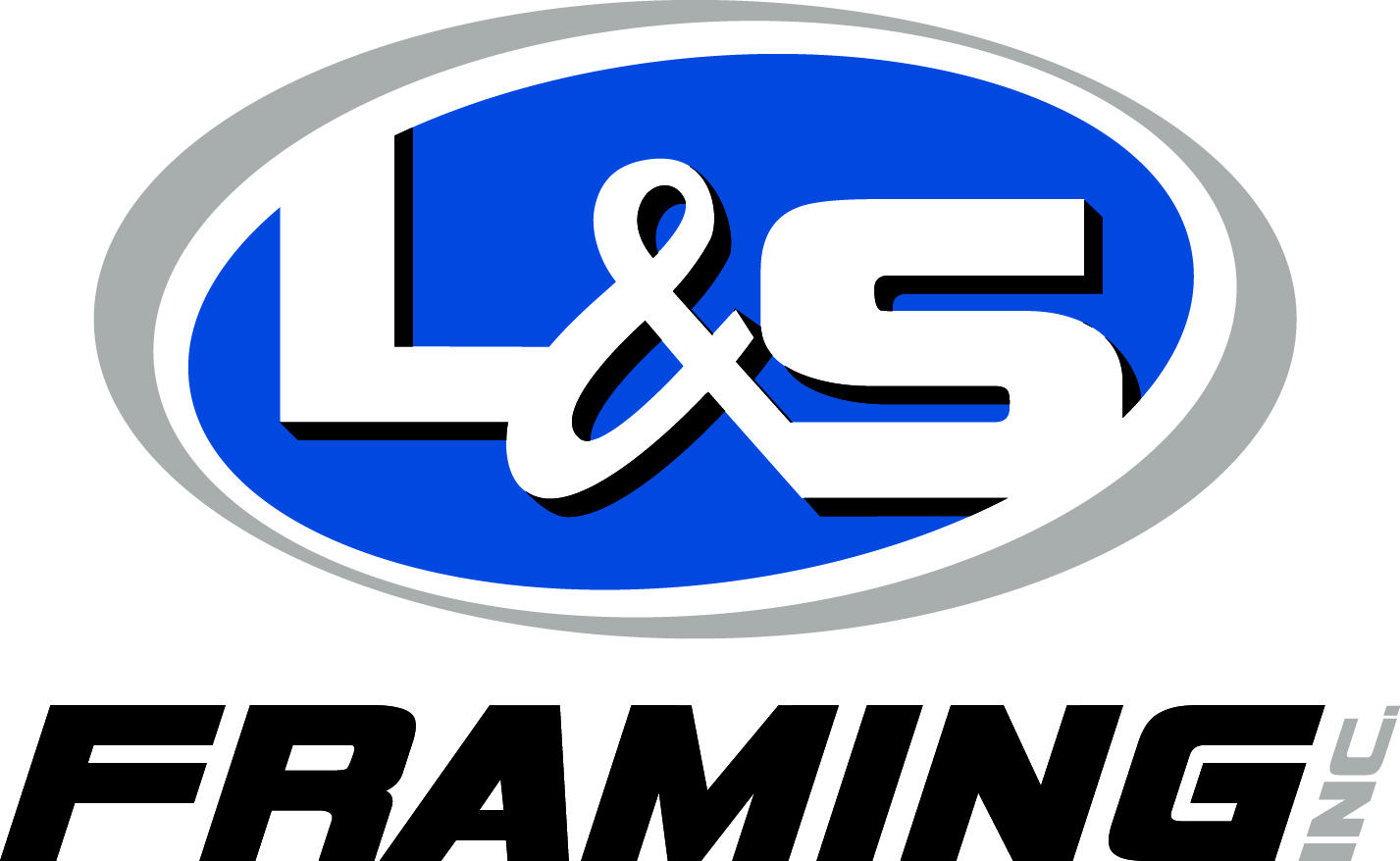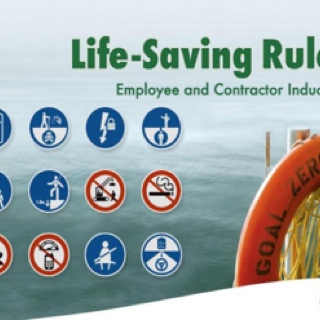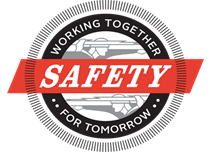Title Page
-
Employee Name
-
Trained By
-
Conducted on
Every home is provided with a site specific Roof Railing Plan indicating the total number of components needed for the project and the installation location of each component.
-
Does Employee demonstrate understanding of Roof Railing Plan
-
All system components must be accounted for prior to installation
-
Does Employee inventory all components before beginning to install any system?
All system components must be inspected prior to being used, every time before each use.
-
Harness must be inspected prior to each usage to assure that all hardware (i.e.. D-rings, buckles, etc.) work properly and that they do not have any sharp edges, burrs, cracks or corrosion. Inspect webbing for wear, cuts, burns, frayed edges or other damage
-
Does Employee inspect harness prior to donning it?
-
Check lanyard and or lifelines material for cuts, burns, abrasions, kinks, knots, broken stitches and excessive wear. Verify that connection are free of defects.
-
Employee inspects lanyard and or lifelines materials prior to usage?
-
Inspect Anchor point prior to installation for any damage including but not limited to broken welds, bent components, or wear.
-
Anchor point inspected before usage ?
After inspecting all required system components we can begin to don them and install our anchor points.
-
Grasp the harness by the dorsal D-ring and shake until straps hang down from the harness body. Make sure that the buckles are not fastened
-
Employee shakes harness properly ?
-
Pass arms through shoulder straps of the Harness. Adjust shoulder straps so D-ring sits between shoulder blades.
-
Employee properly adjusts shoulder straps so D-ring sits between shoulder blades?
-
Pull harness down at the back so snug pelvic straps sits under the buttocks.Connect leg buckles and adjust to a snug fit, ensuring they are assembled correctly.
-
Employee properly donning harness?
-
Anchor installation onto wood and into truss or other compatible support beam: must be installed with (12) 16d 3--1/2” nails (6 per side) in center column of Fastener Installation Holes.
-
Employee properly installs anchor point?
-
Once anchor point is properly secured we can attach our lifeline or lanyard to our harness and anchor point.
-
Employee properly connects lifeline or lanyard to harness and anchor point?
Prior to Disassembly: Ensure all necessary carpentry is complete, including: 1) All roof vents and frieze blocks installed. 2) All fascia completed. 3) All roof sheeting and railing done. Holes cut for heat as applicable. 4) Fireplace stacks, pop-outs, skylights, dormers, and all other protrusions from surface are complete. 5) Chevrons at gable ends. 6) Tile kick at eve installed.
-
Prior to removing anchor point ensure a means to exit the roof safely is available.
-
Employee has ladder in place to safely exit roof?
-
Remove all nails from the Anchor Point
-
Employee removes all nails from Anchor Point?
-
Employee picks up and properly stores all system components ?
-
Clean up is vital! Ensure all system components are accounted for and returned to their proper storage area.
-
Take a picture of Employee with hard hat sticker
-
Employee signature
-
Trainer signature
-
Training information provided in Spanish translation. Initial














